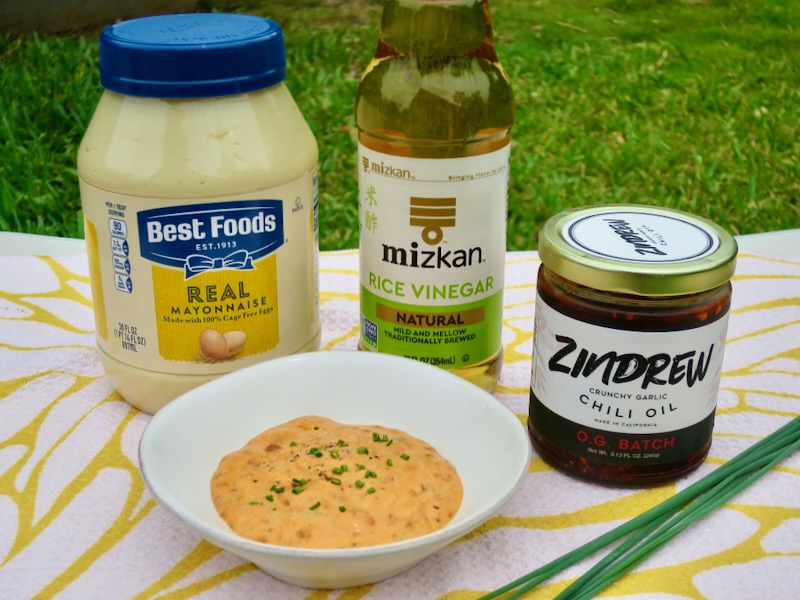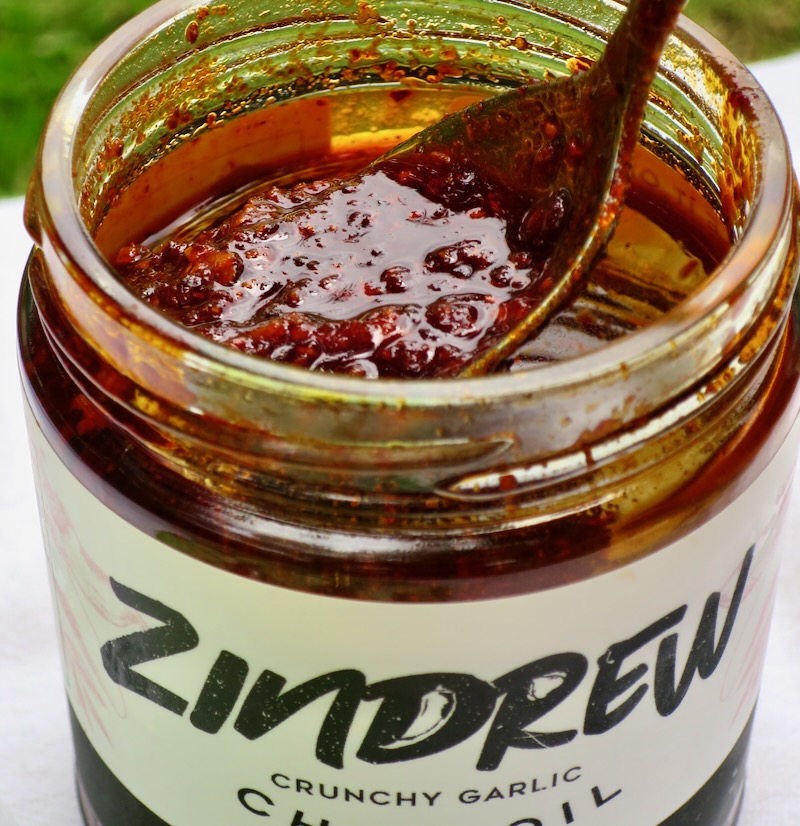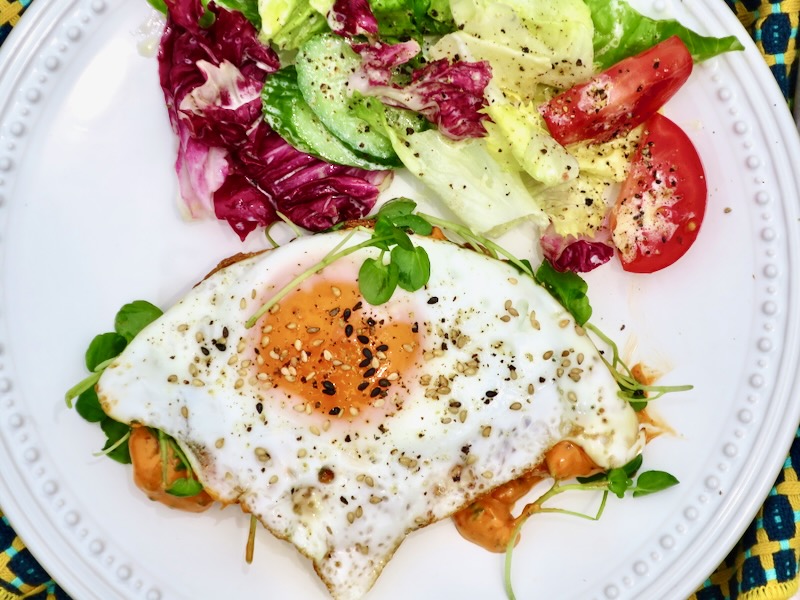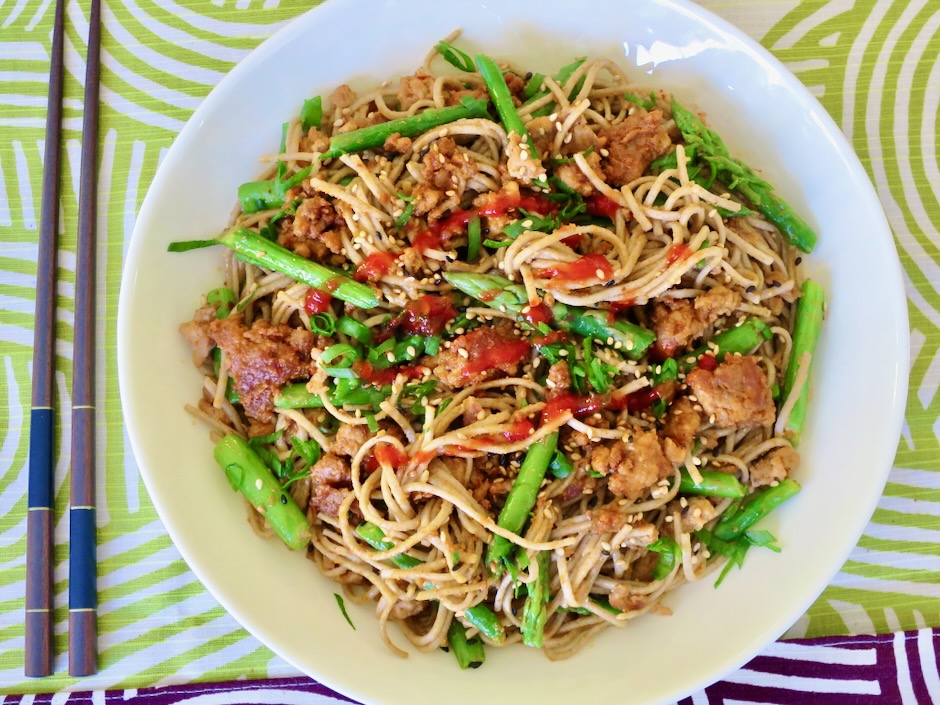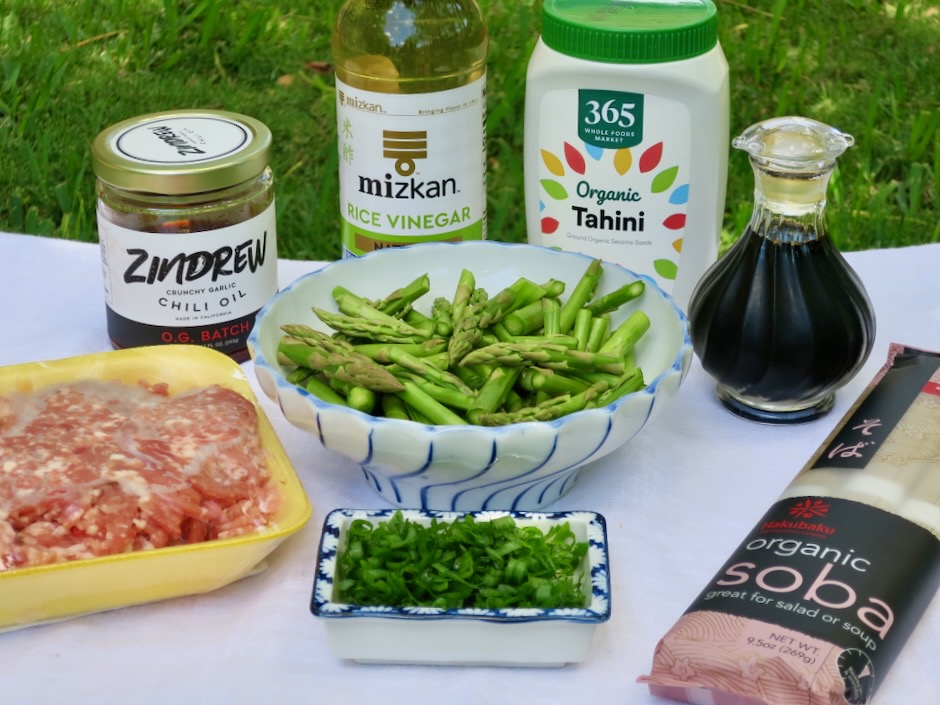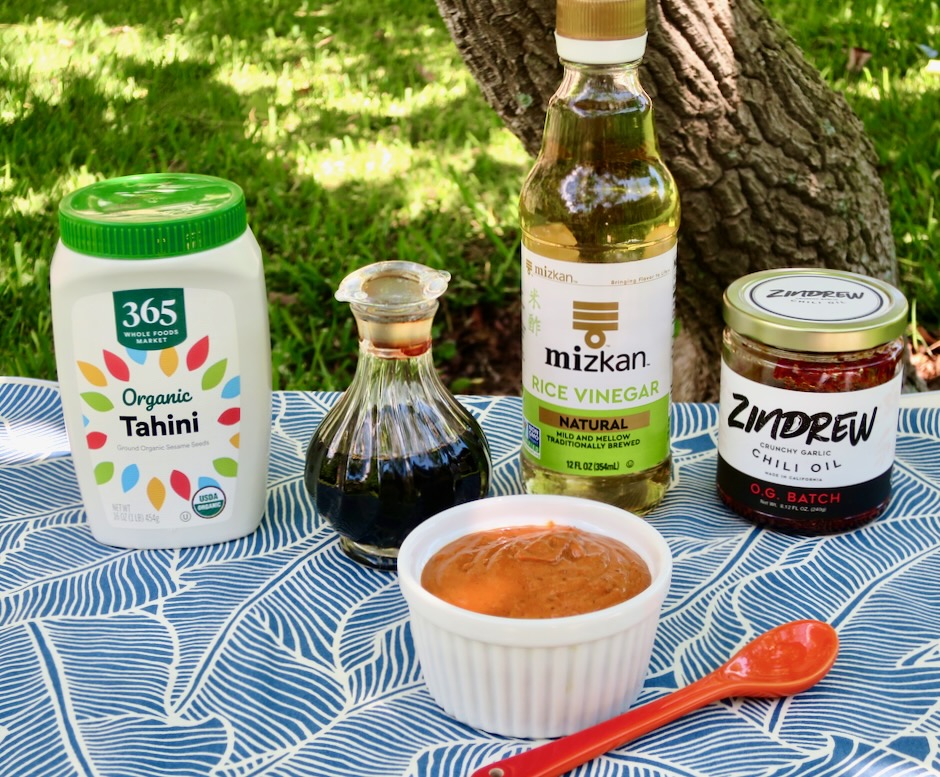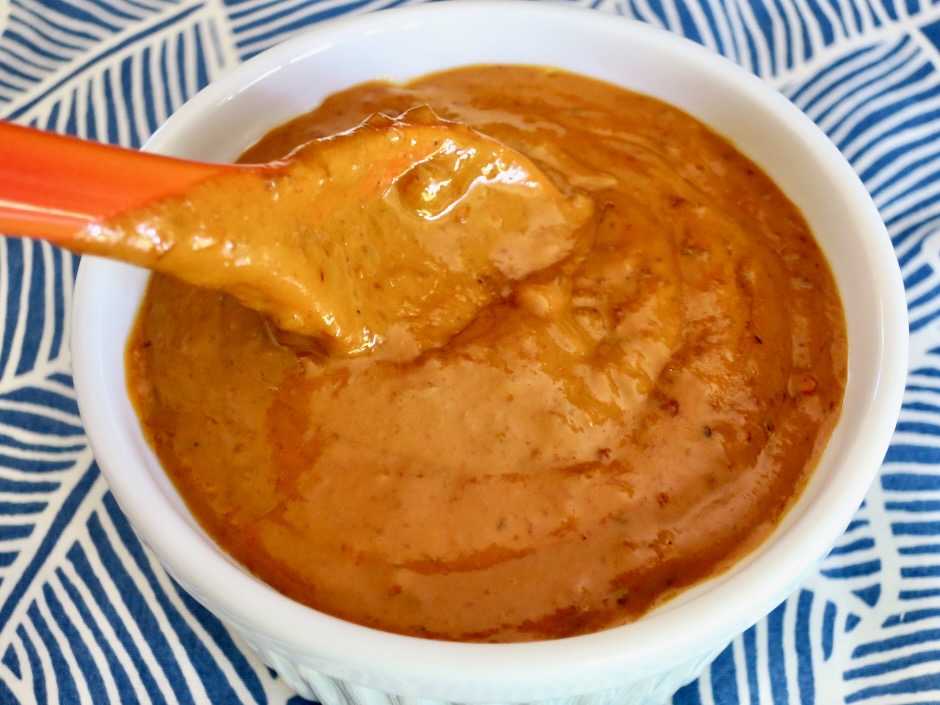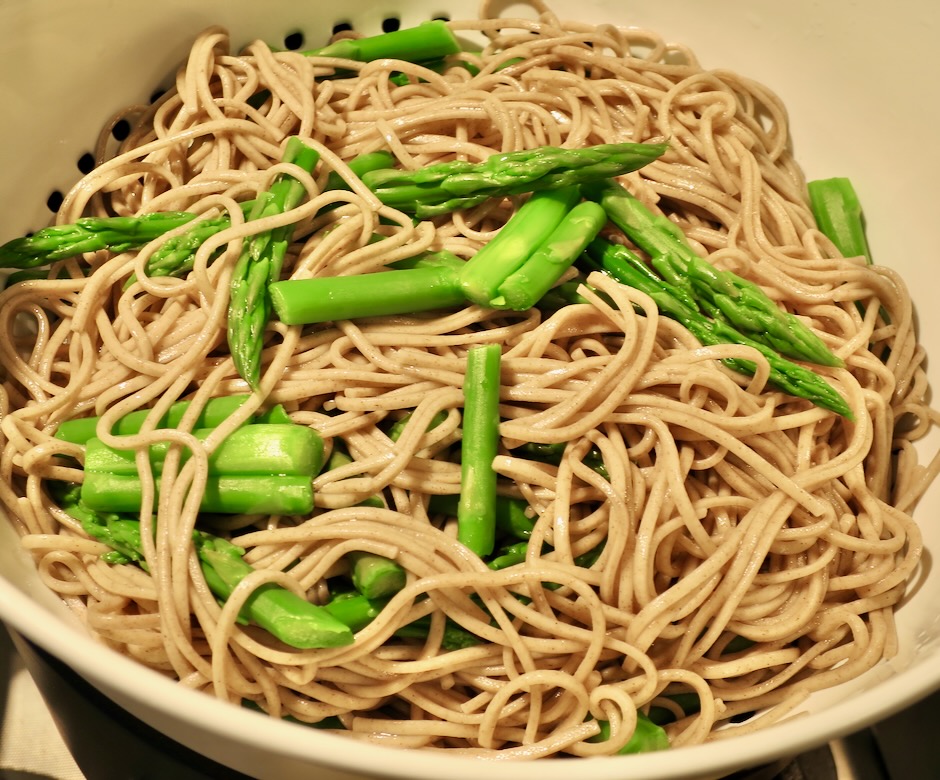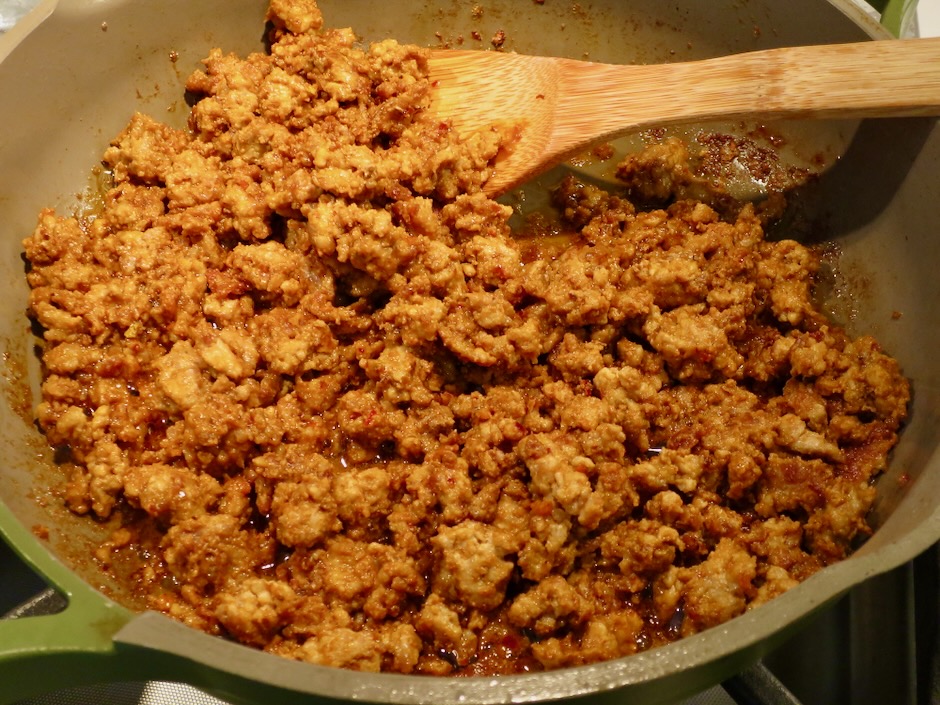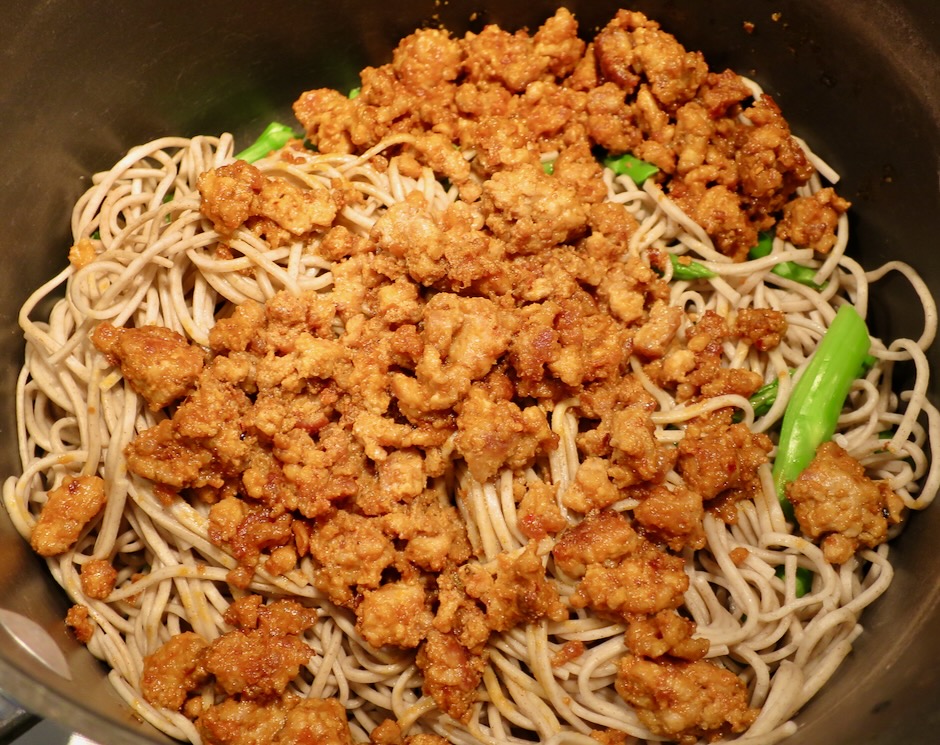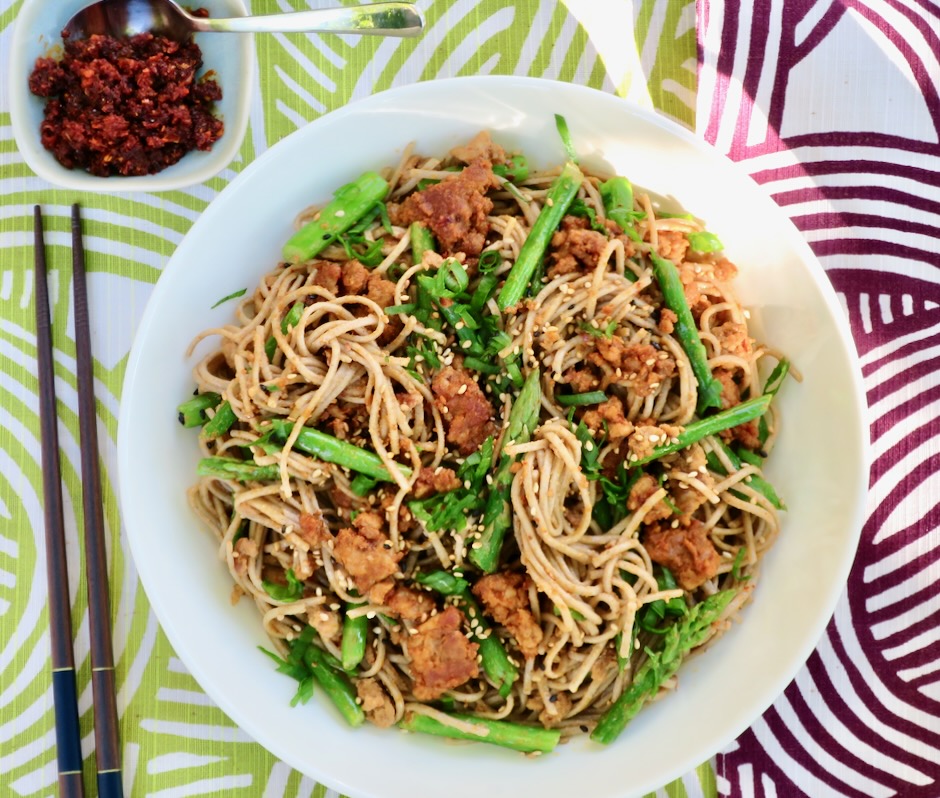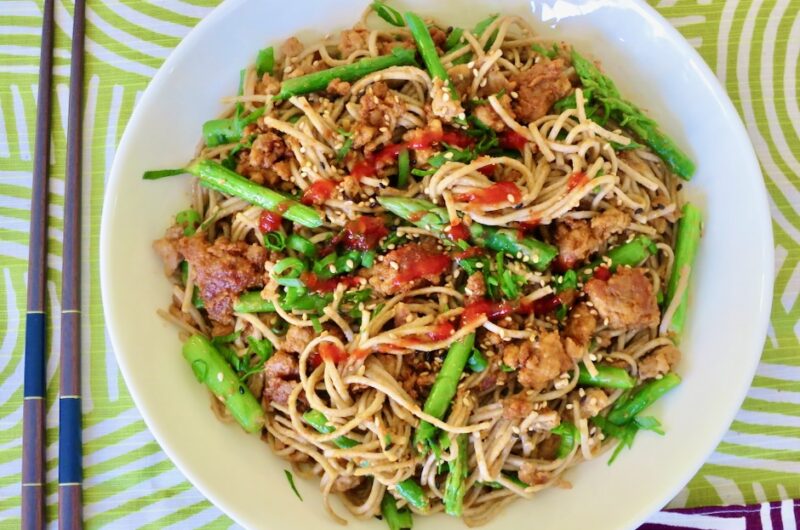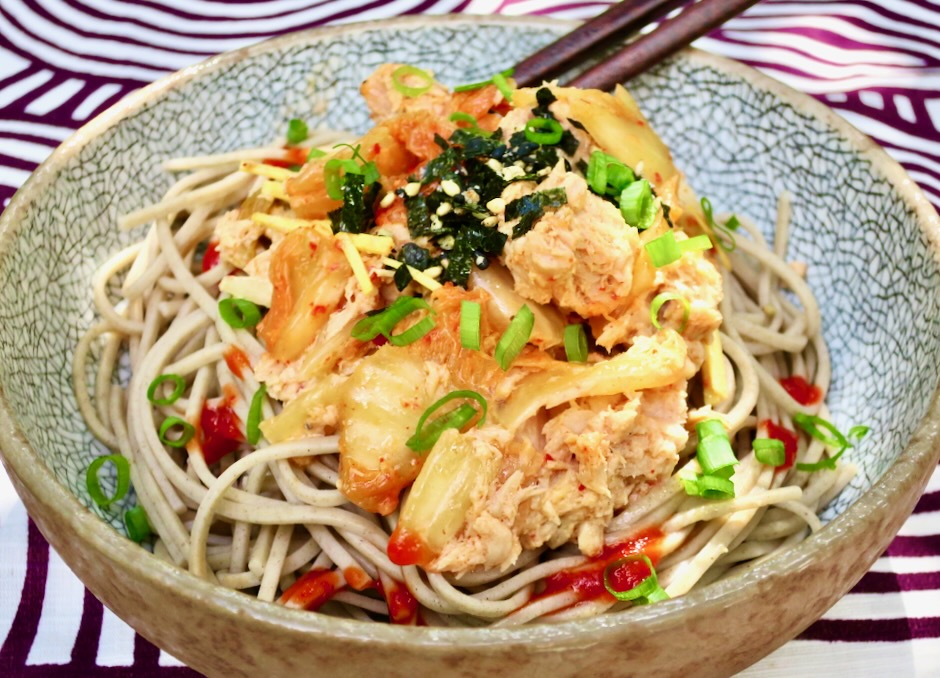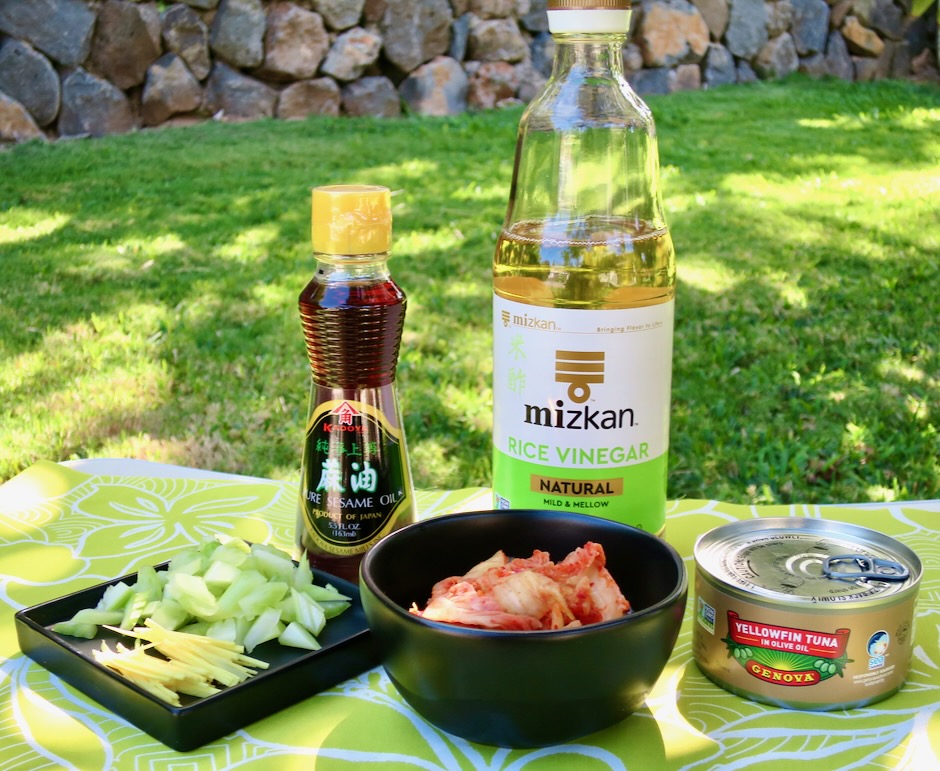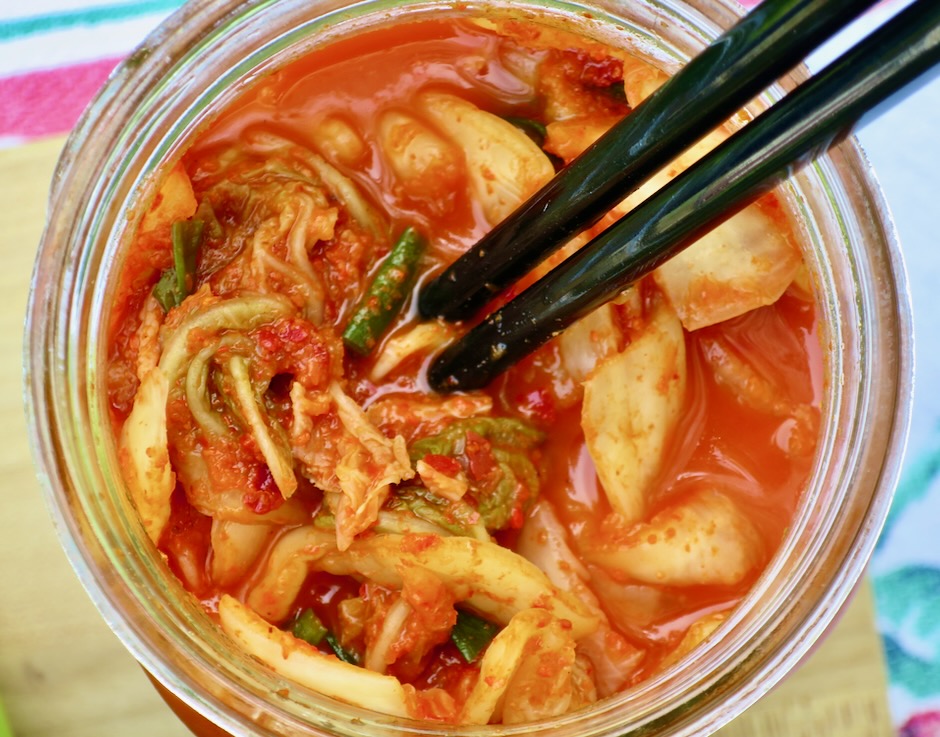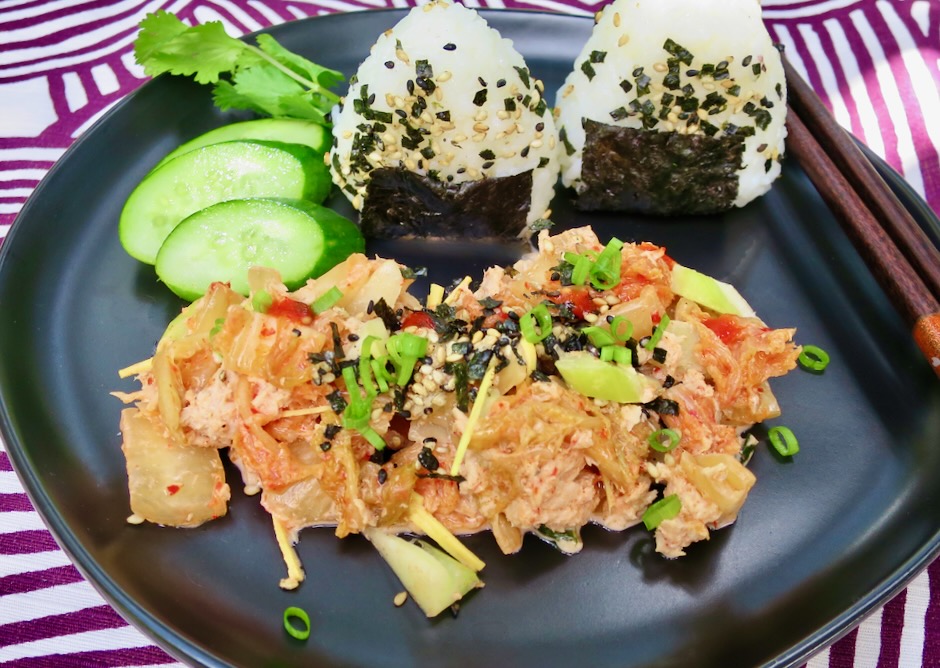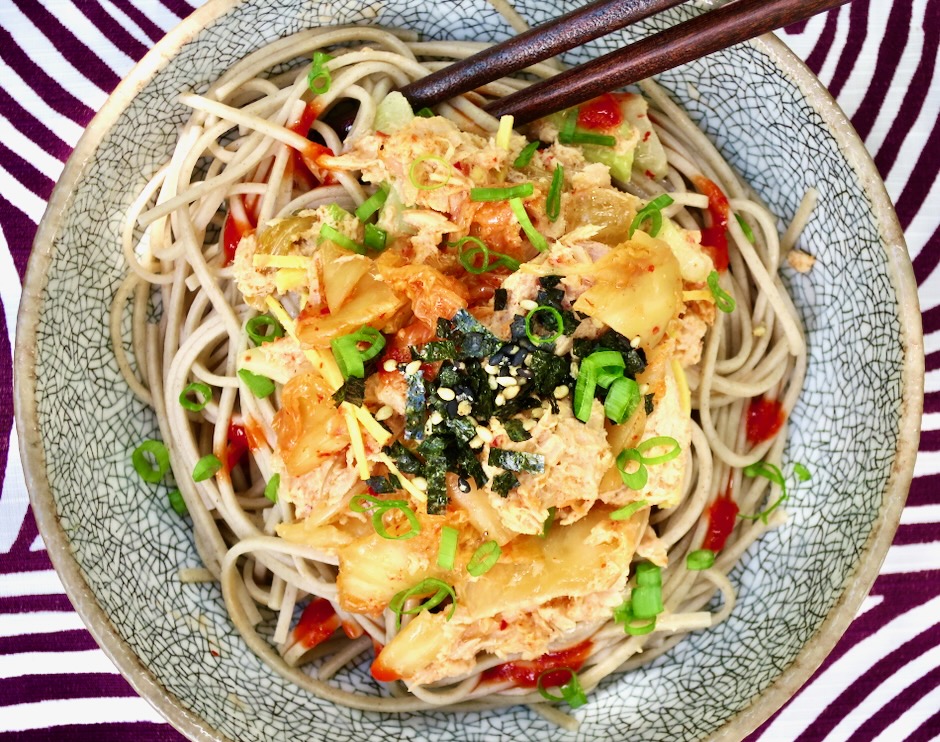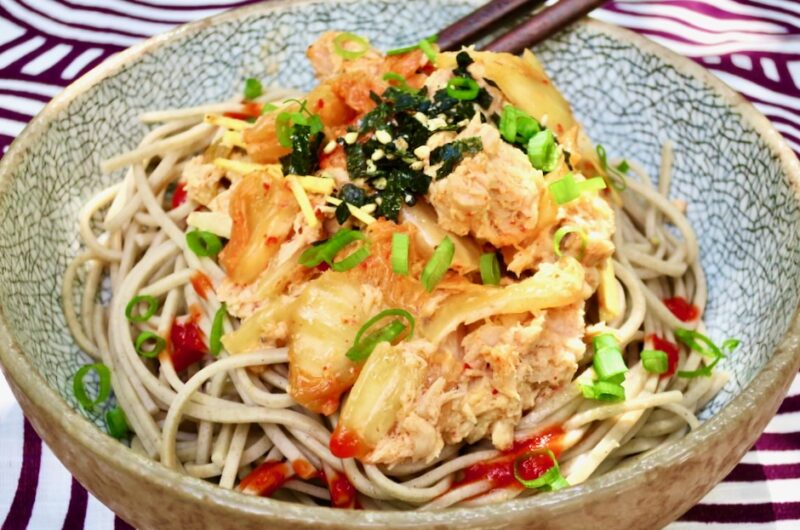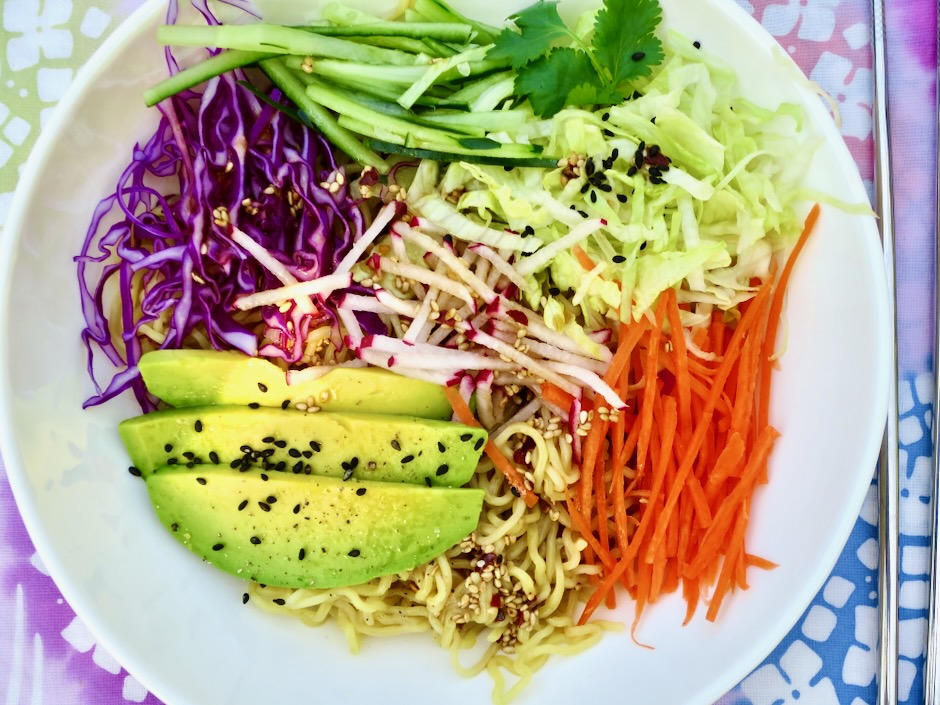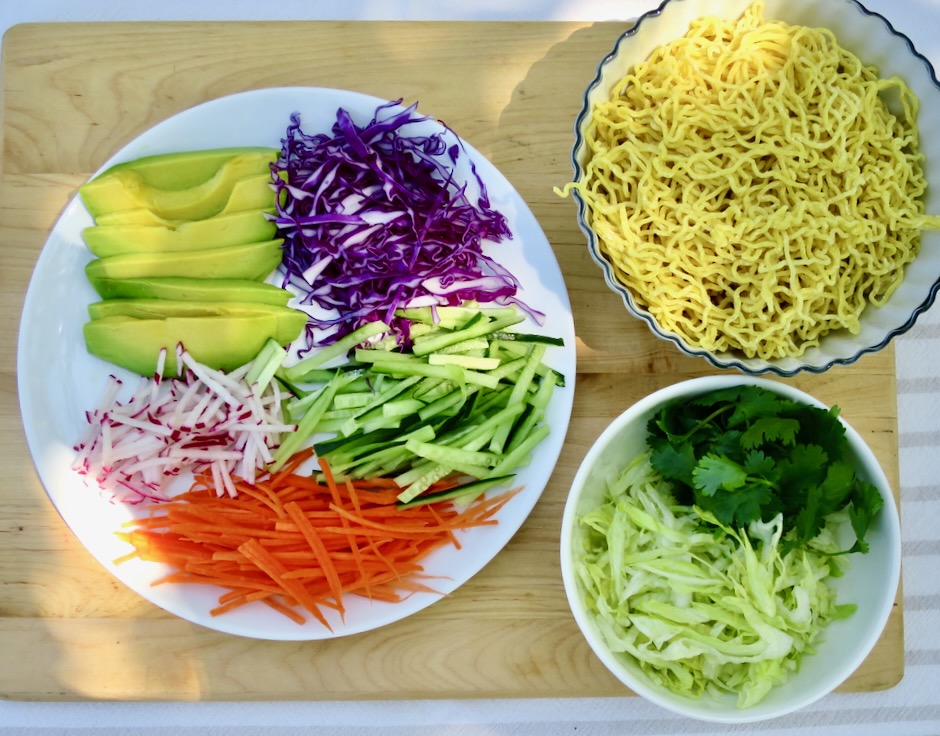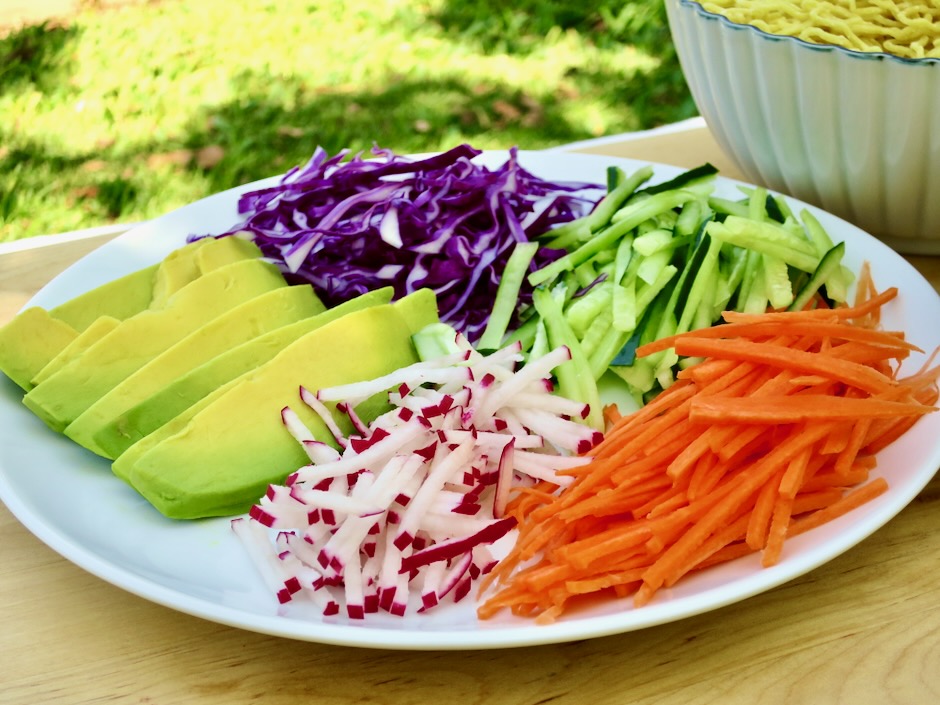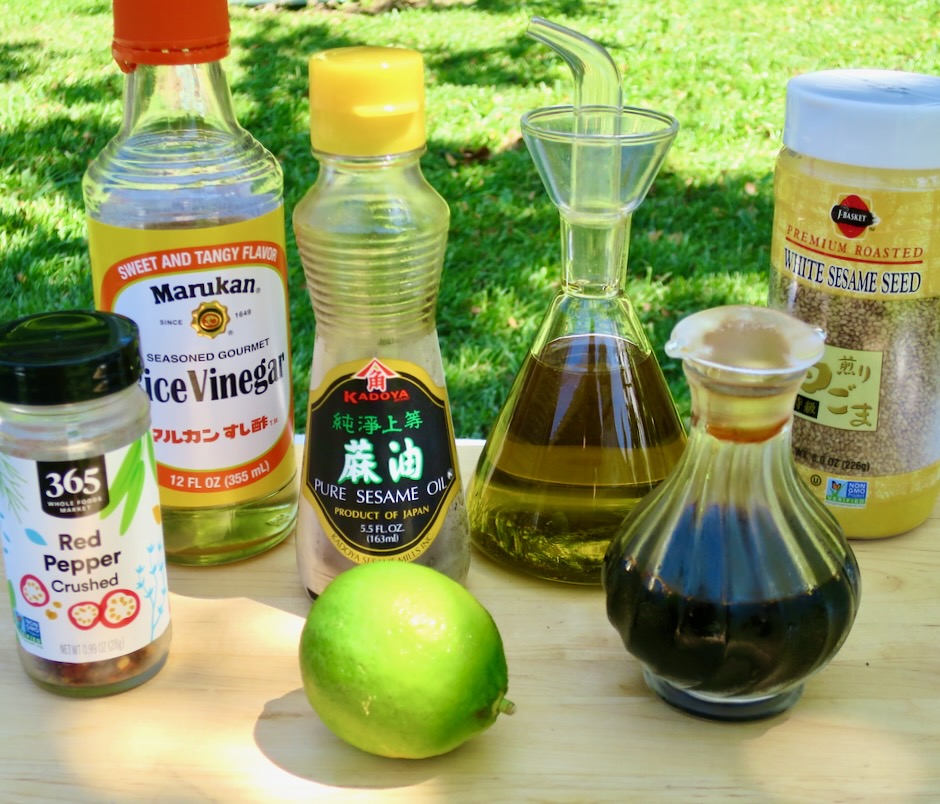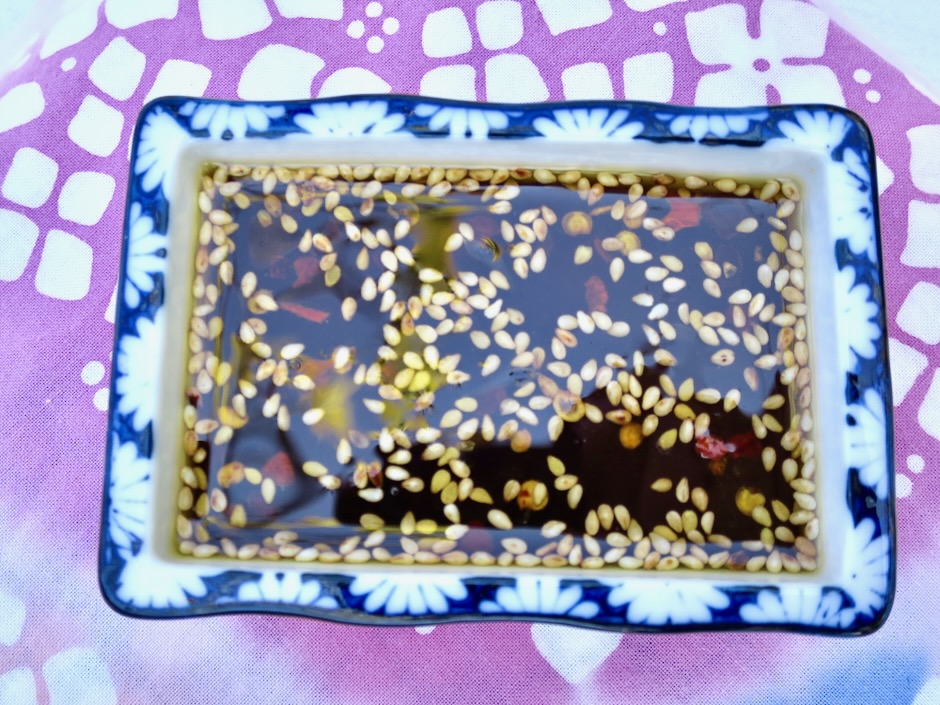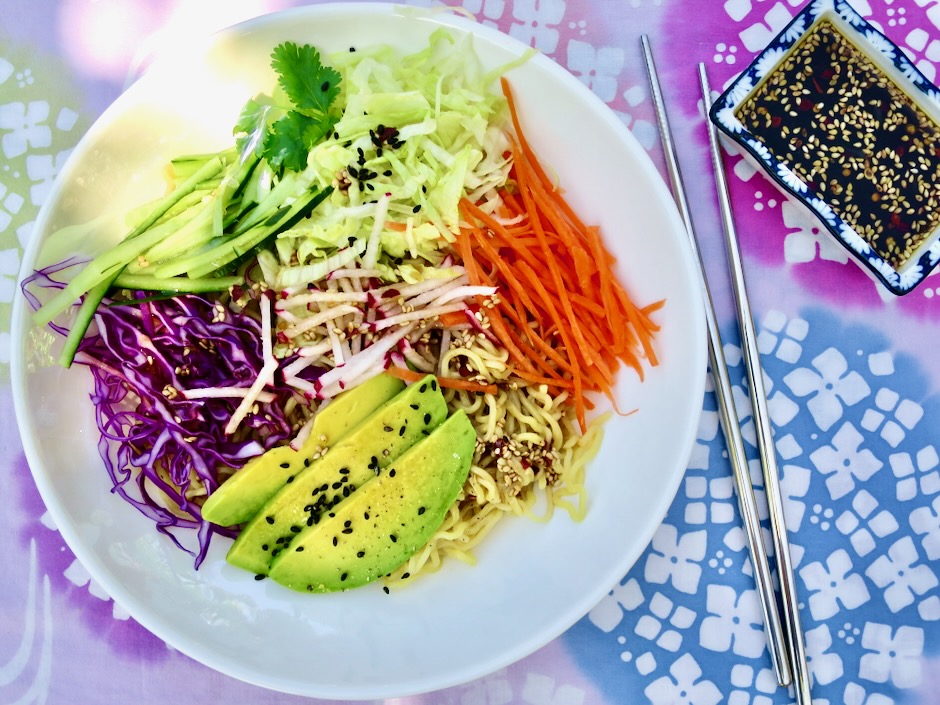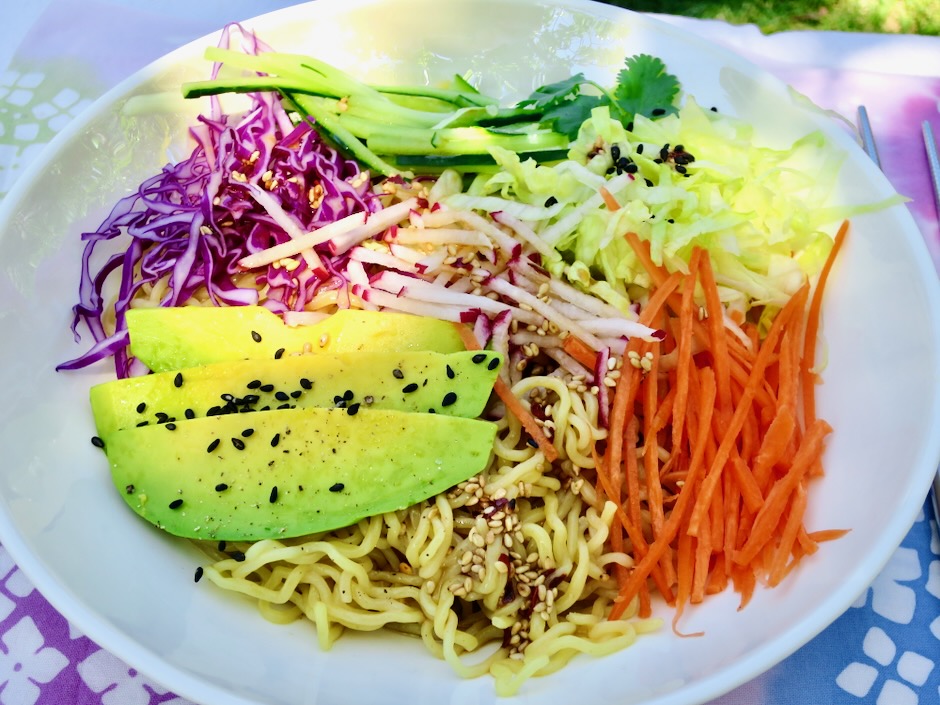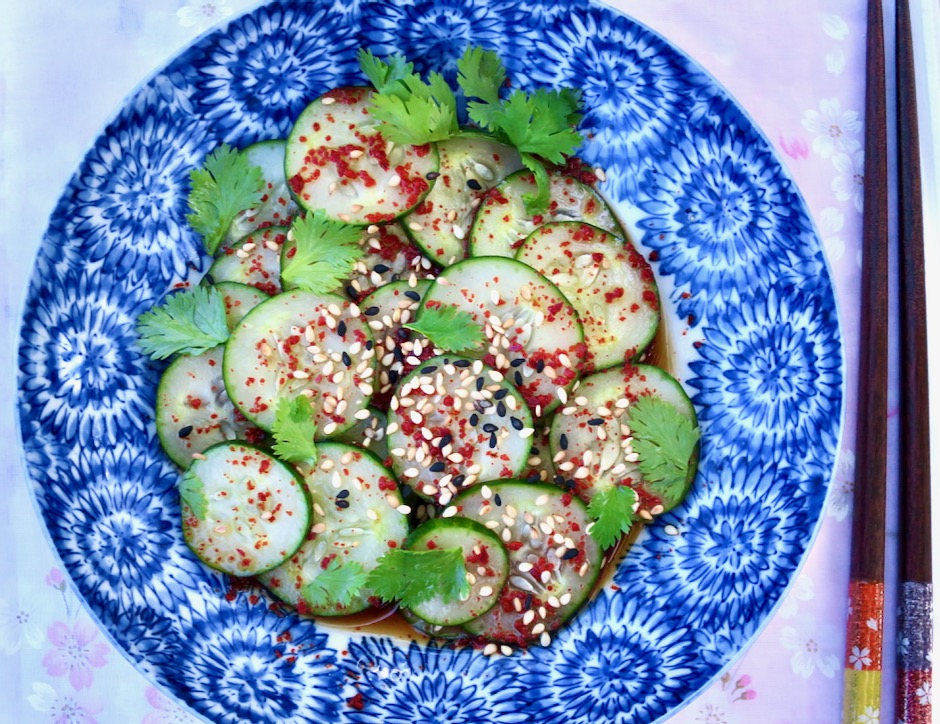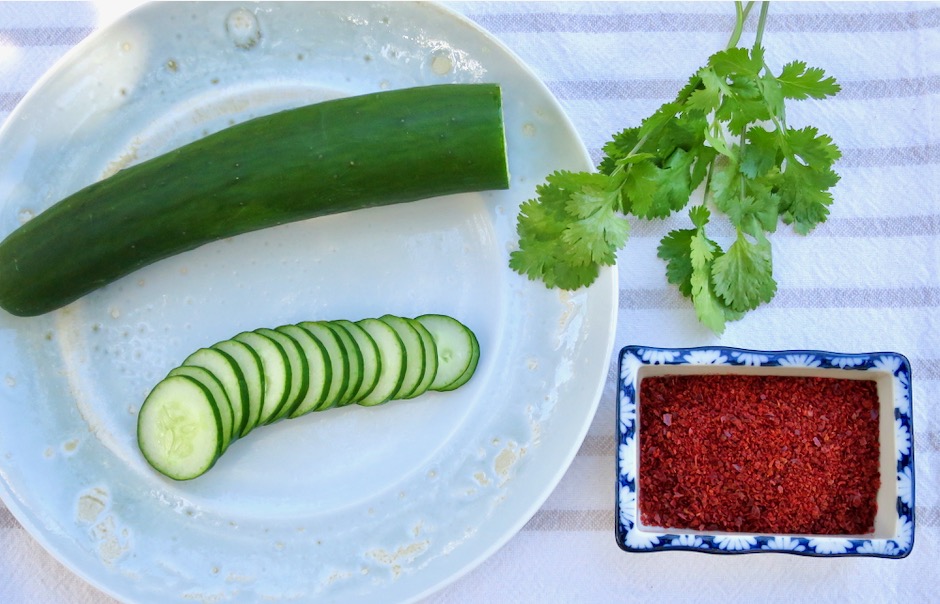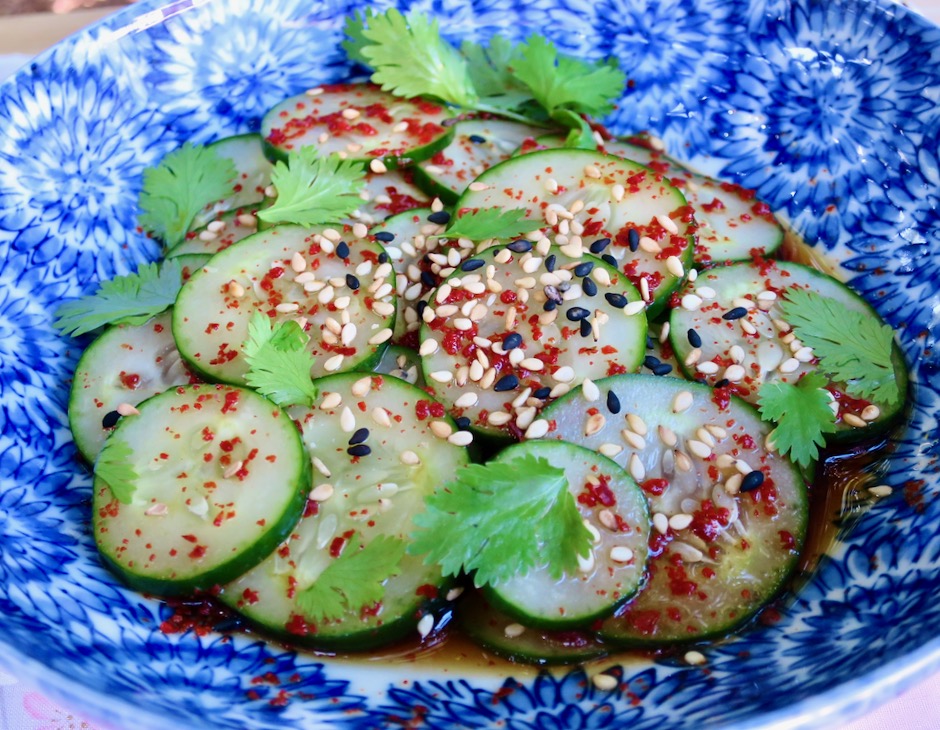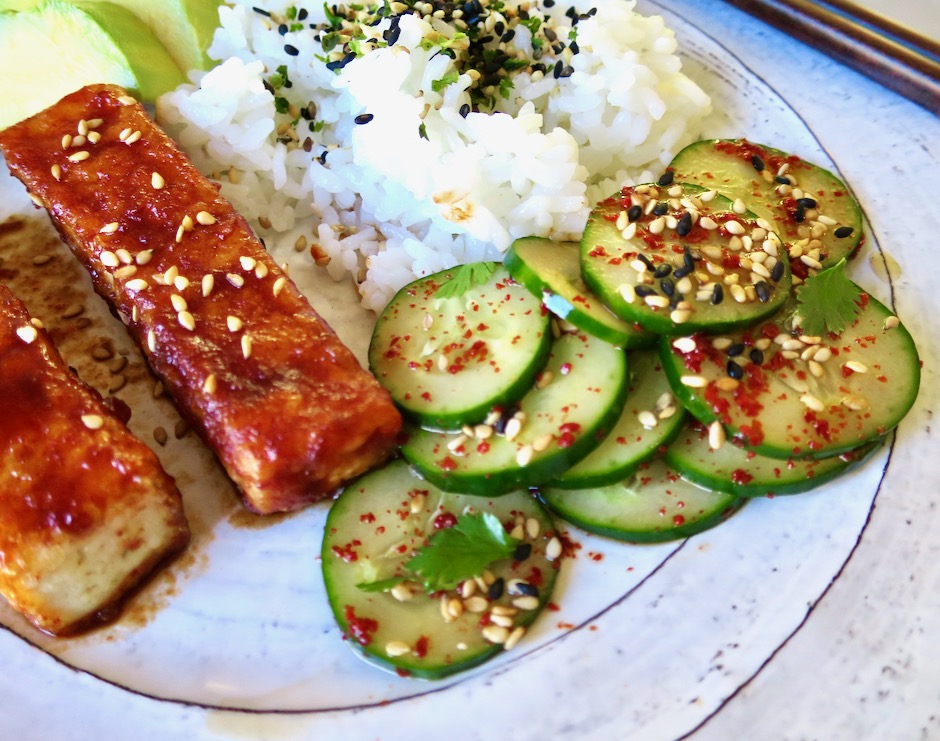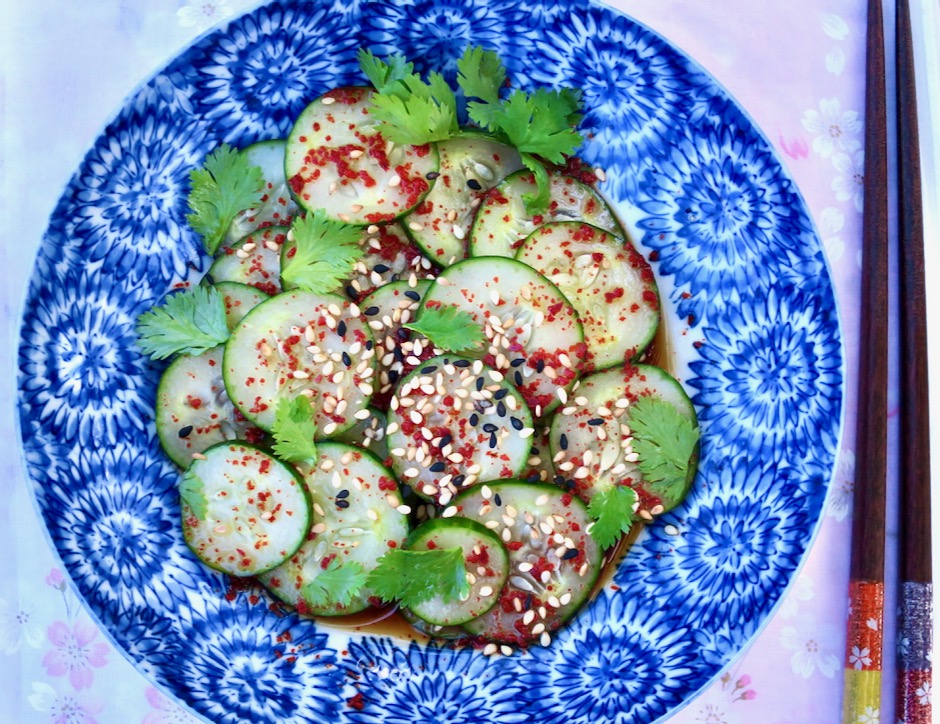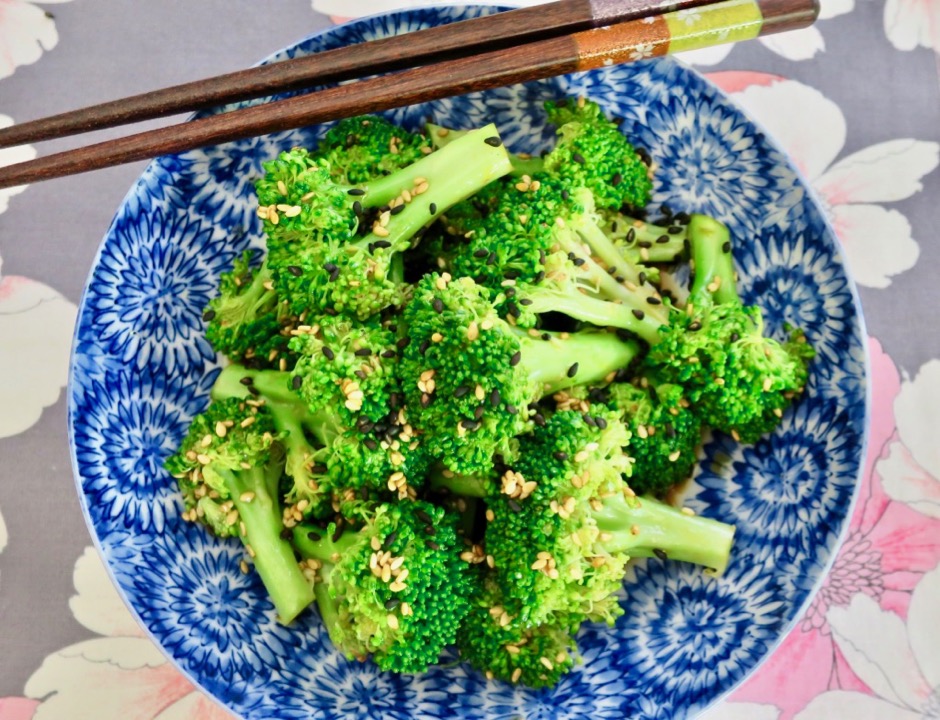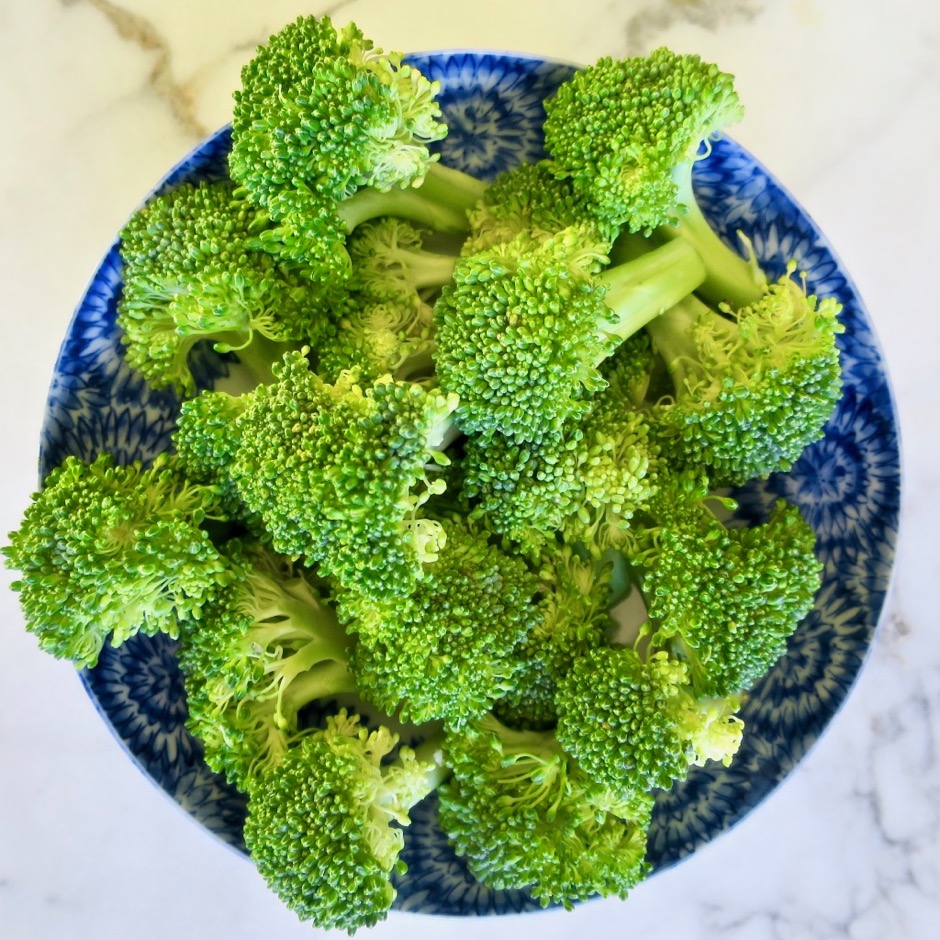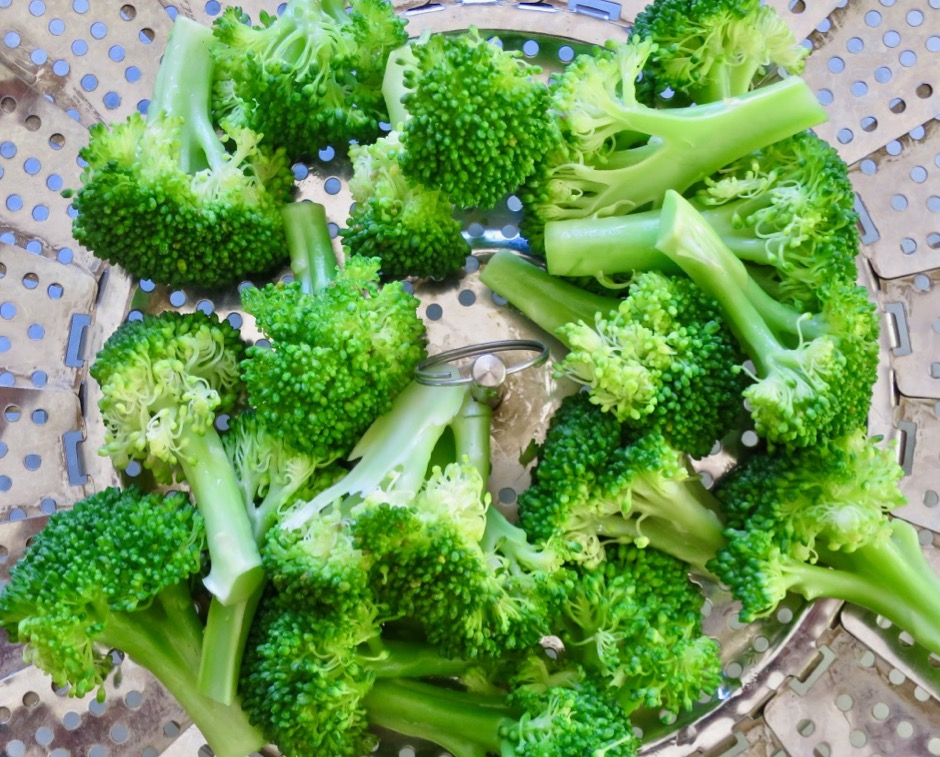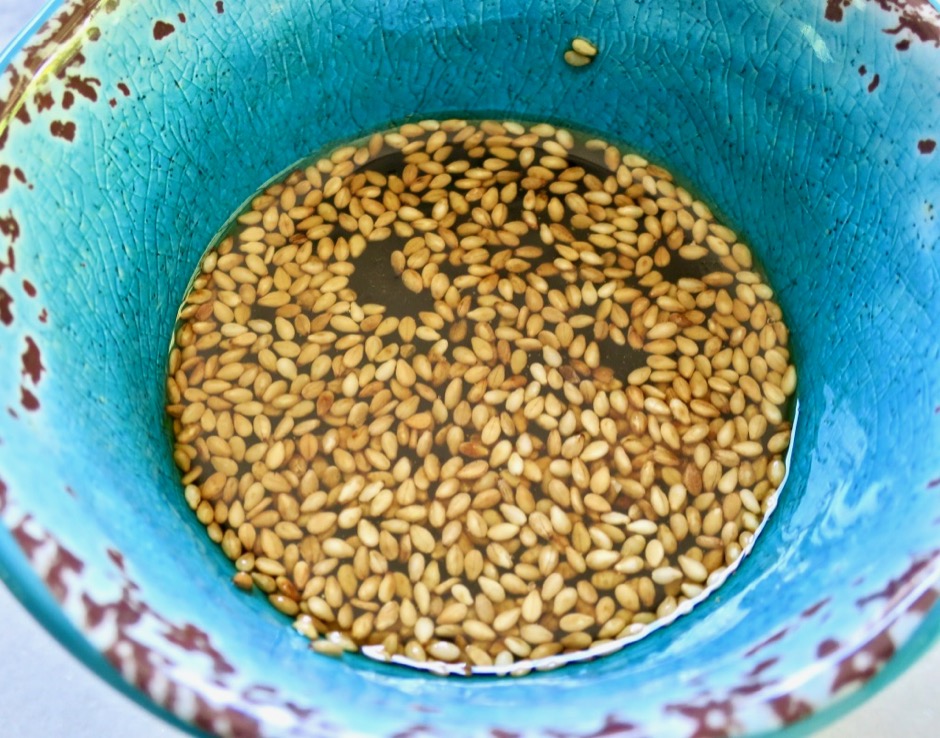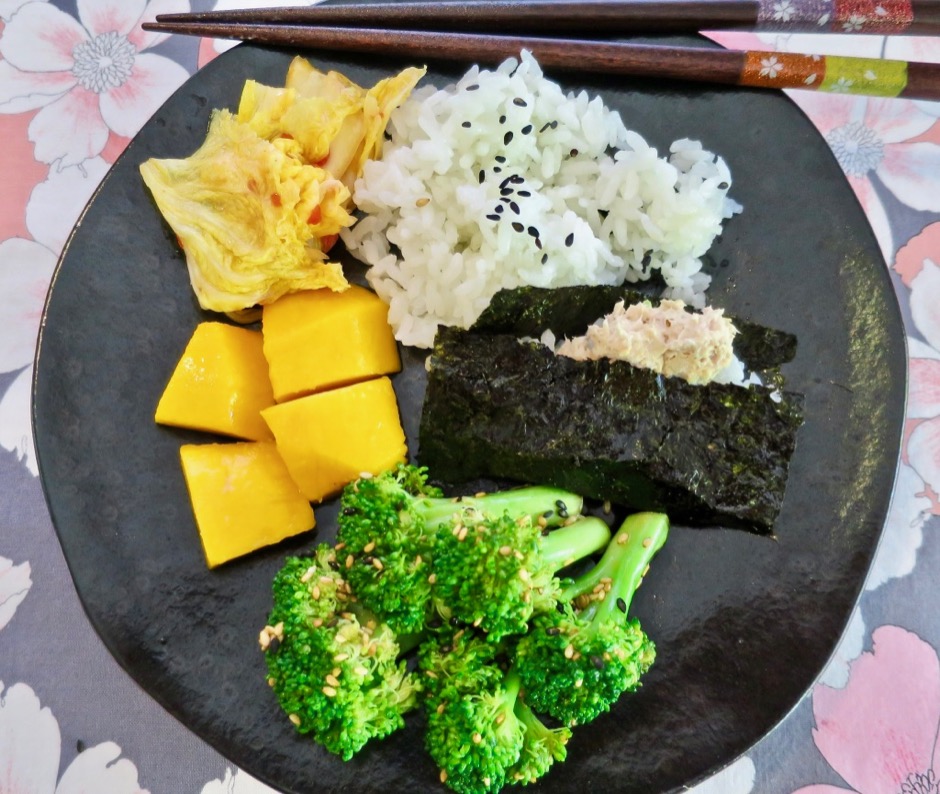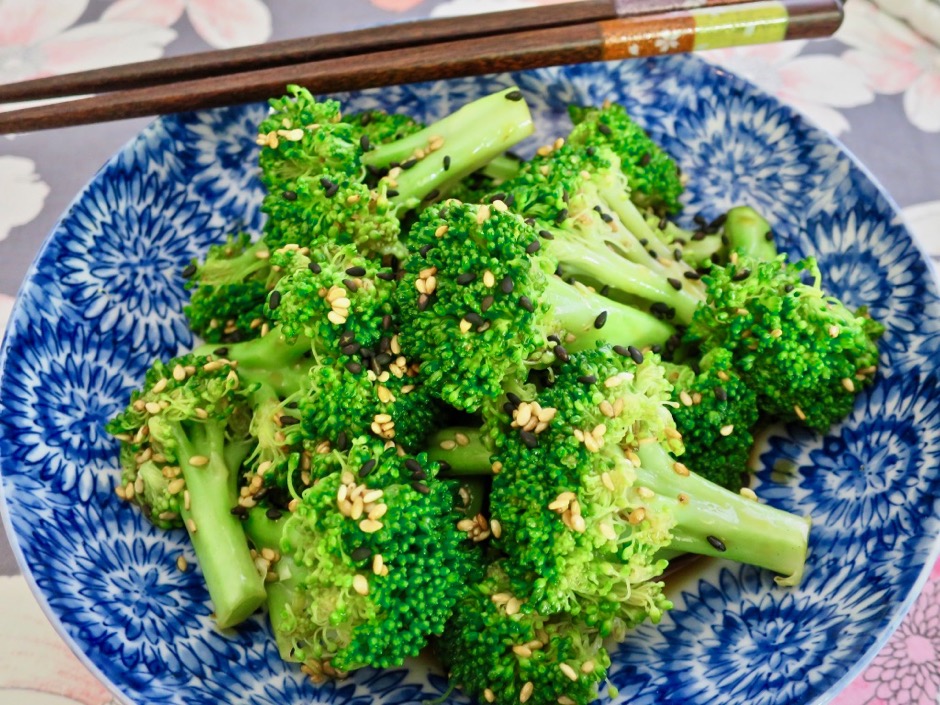This quick to prepare condiment can be made in less than 5 minutes. It will instantly upgrade your sandwiches (crispy chicken), coleslaw, burgers, or anything else you might want to add a zippy flavor to. It also makes an excellent marinade for grilled chicken.
For a fast, tasty meal, a sunny side up egg on toast comes to mind immediately!
You will need just 3 ingredients to make this savory and slightly spicy mayo. Chives are optional. If you don’t have chives you can add green onions. They add a welcoming fresh flavor.
I’ve tried quite a few different brands of chili crisp/crunch/oil. They vary in flavor with some being more garlic prominent while others are more peppery and herbal. Use your favorite brand and add more or less depending on your heat tolerance.
My favorite way to use this spicy mayo is to slather a generous amount on toasted bread, add baby watercress or arugula followed by a sunny side up fried egg. It’s quick and delicious served with a crispy salad on the side.
Chili Crisp Mayonnaise
4
servingsIngredients
1/2 cup mayonnaise
2 teaspoons unseasoned rice vinegar
1 tablespoon (or more) chili crisp
1 tablespoon finely minced chives or tender green onions (optional)
Serving Ideas: Toasted bread with sunny side up or fried egg, as a condiment for fried chicken sandwiches or grilled tuna burgers, coleslaw dressing, grilled chicken.
Directions
- Whisk mayonnaise, rice vinegar and chili crisp together in a small bowl. Stir in chives. Refrigerate until ready to use.



